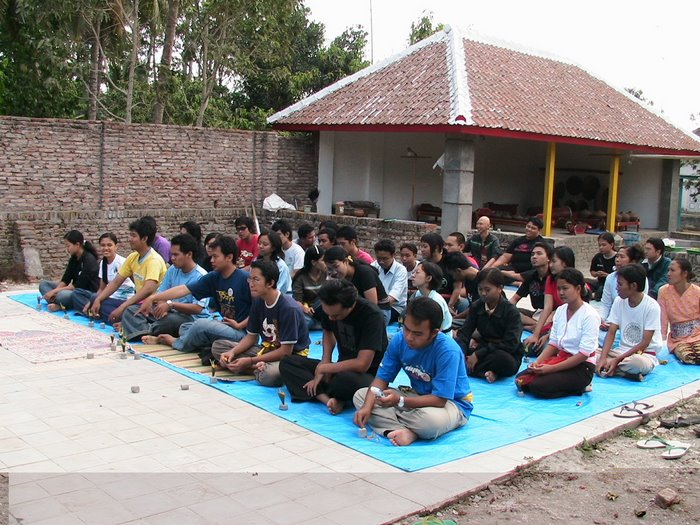Senin, 07 Juli 2008
Resume
Immobilization technique plays important role in biosensor development. One of immobilization technique that have been developed for sensor of H2O2 is crosslinking technique. The research is emphasized on the immobilization of 6000 unit/mL catalase on nata de coco using 3-Mercaptopropionic Acid as cross-link agent. The immobilization process have been done in three steps. Firstly, nata de coco is rinsed in the NaOH, then hidrolized by sulfuric acid, and the esterification have been done using 3-Mercaptopropionic Acid at temperature 85oC-95oC, and finally the immobilized enzyme in the membrane is coated on the surface of the electrode before use. The immobilized enzyme on membrane is characterized by FTIR, the result shows that the existence disulfide bonding from 3-MPA and enzyme at frequency 559.11 cm-1. The existence of immobilization also proved by Km value around 0.012 mM and reaction of H2O2 and catalase producing O2 and H2O, Nerstian value around 7.34 mV/decade. Membrane and buffer is optimized to get the highest potential response. Membrane composition is found to be 1.2 gram nata de coco, 1 mL 3-MPA, 1.5 mL catalase and measurement in buffer phosphate pH 8. The performance were reasonability high due to their sensitivity around 7.34 mN/decade, reproducibility by 2.9%-20.21%, and limit detection 1.88μM at linear range 1μM-26μM.
Langganan:
Postingan (Atom)



